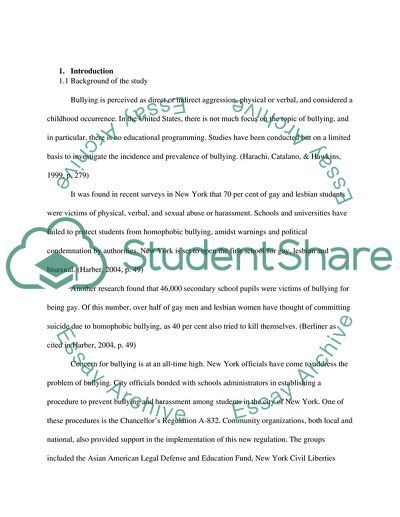Cite this document
(“Bulling in NYC School Research Paper Example | Topics and Well Written Essays - 2500 words”, n.d.)
Retrieved from https://studentshare.org/english/1599815-bulling-in-nyc-school
Retrieved from https://studentshare.org/english/1599815-bulling-in-nyc-school
(Bulling in NYC School Research Paper Example | Topics and Well Written Essays - 2500 Words)
https://studentshare.org/english/1599815-bulling-in-nyc-school.
https://studentshare.org/english/1599815-bulling-in-nyc-school.
“Bulling in NYC School Research Paper Example | Topics and Well Written Essays - 2500 Words”, n.d. https://studentshare.org/english/1599815-bulling-in-nyc-school.


